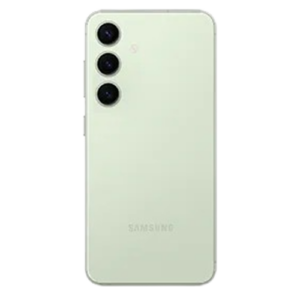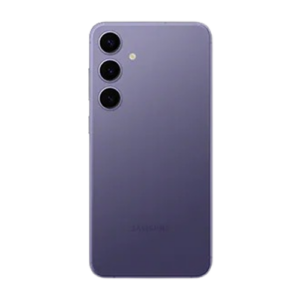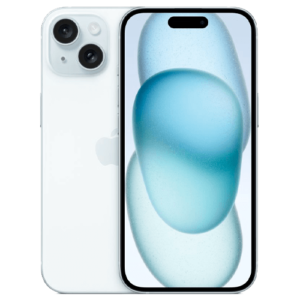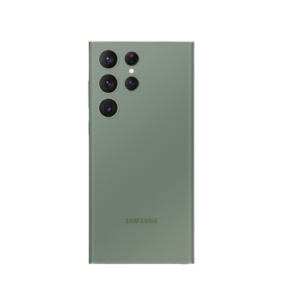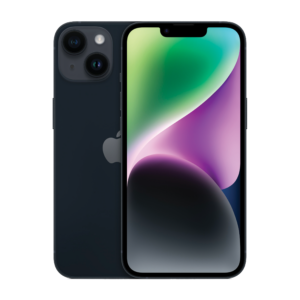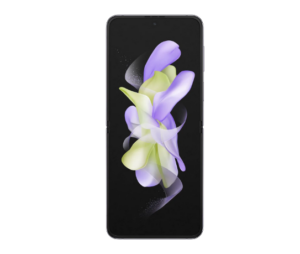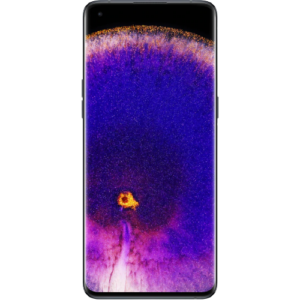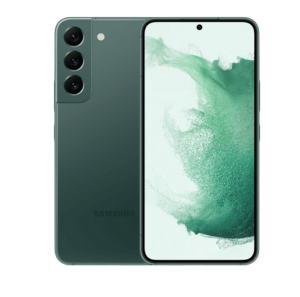It's still the go-to for Samsung stalwarts with small hands or smaller budgets, but the Galaxy S24 has a lot to answer for.
Samsung Galaxy S24 review: A small screen with so many AI tricks
The Galaxy S24 is defined by contradiction and designed to start a conversation.
It looks (and handles) a hell of a lot like last year's Galaxy S23 but it's primed to spark an entirely different debate. Whether or not Samsung has good answers to the questions it's inviting is up the air. Still, it's certainly a refreshing break from the usual ones that come alongside the launch of its flagship smartphones.
Where design feats like the race to the thinnest possible bezels gave way to the camera-led product cycles of recent times, the new Galaxy S24 and Galaxy S24 Plus are keen to carve out a fresh front on which they can excel against the competition. Rather than build a phone with a better camera, a faster processor or a screen that can fold, Samsung is looking to build a phone that strips away the friction between the growing legion of generative AI apps that have come to prominence over the last year.
Samsung's best smartphones always feel like a bet on what the future looks like. The results of this gamble end up feeling closer to the Google Pixel 8 Pro than the latest iPhone. That's not necessarily the worst thing in the world, though this gamble can't help but feel like a particularly bold one.
Is the imagination of the world going to be just as excited about generative AI in twelve months time? Are the consumers in that world really going to choose their next phone based on how much AI is in it? How do you strike a balance between giving people cutting edge tech to play with against the potential that technology has for harm?
It's hard to shake the sense that Samsung hasn't quite figured out the answer to these and other questions. Fortunately, the Galaxy S24 has more than enough confidence and ample capabilities to sell itself as the start of something much bigger than what it is in the meantime.
How much does the Samsung Galaxy S24 cost in Australia?
The Samsung Galaxy S24 starts at $1,399 in Australia. That sum gets you the baseline model, which comes with 256GB of storage. Upgrading that to 512GB will cost you an extra $200. Springing for the Galaxy S24 Plus will cost you even more.
Here's a complete breakdown of pricing for the Galaxy S24 and S24 Plus in Australia.
The Samsung Galaxy S24 is also available on a postpaid plan. Check out the widget below of the cheapest plans for the device in Australia.
Samsung Galaxy S24 - Design and Features
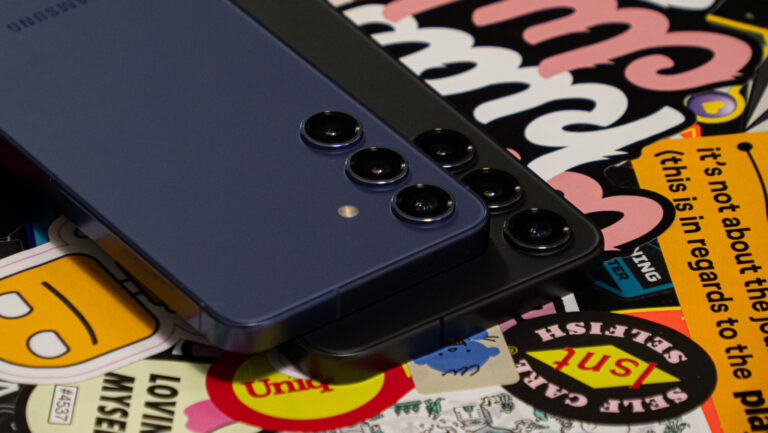
At 6.2 inches, the AMOLED screen on this year's most pocket-friendly Galaxy flagship is a smidge larger than its predecessor. Like that device though, doesn't skimp when it comes to the display specs. There's a 120Hz refresh rate here plus even thinner bezels.
Samsung makes great screens and even if the one seen here isn't its biggest, it's still a grade above most of what else is out there and a gorgeously vivid canvas for apps, games, videos, or whatever else you want to use it for.
All the usual premium perks get a re-run here, from wireless charging to the in-display fingerprint sensor and IP68 water resistance. These are welcome inclusions. Anything less would be a red flag for any device that costs this much.
That deja vu extends to the triple-lens camera system found on the back of the Galaxy S24. Consisting of a 50MP wide-angle lens, a 12MP telephoto lens and a 12MP ultrawide one, this setup is more-or-less the same as the one found on its predecessor.
Naturally, it's not as capable or comprehensive as the hardware seen on the more expensive Galaxy S24 Ultra, but it delivers strong results on most fronts and less impressive results on a handful of familiar ones like low-light environments.
For a sense of what the camera on the Galaxy S24 can do fresh out of the box, check out the image gallery below.


























It's only after you've taken those pictures (or videos), that's where the Galaxy S24 attempts to diverge from its predecessor. Assuming you're using the Samsung Gallery app rather than something like Google Photos, you're never more than a few taps away from being able to perform on-the-spot image adjustments that once would have required some basic expertise in software like Adobe Photoshop.
With the press of a button, Photo Assist lets you rotate your photos and use generative AI to fill in the white space. You can just as easily move, resize and remove individual objects within a scene. The quality of the results produced by this tool can vary based on both the specific qualities of the original image and how much time you're willing to put into manipulating it.
In a personal context (think travel pics), it's easy to imagine these features being pretty useful. In a wider one (think misinformation), they are a tad concerning. The official line from Samsung is that images that have been edited using these features will get a watermark that allows them to be easily identified if you know what you're looking for. It seems pretty trivial to remove.
While Photo Assist doesn't technically allow you to do all that much that couldn't already do with Photoshop something is unsettling about the implications of stripping away almost any friction between taking an image and making the kinds of alternations that dissolve and gnaw at any fundamental truth it may have once contained.
For a sense of how Samsung's image editing tools can alter an image, check out the gallery below.

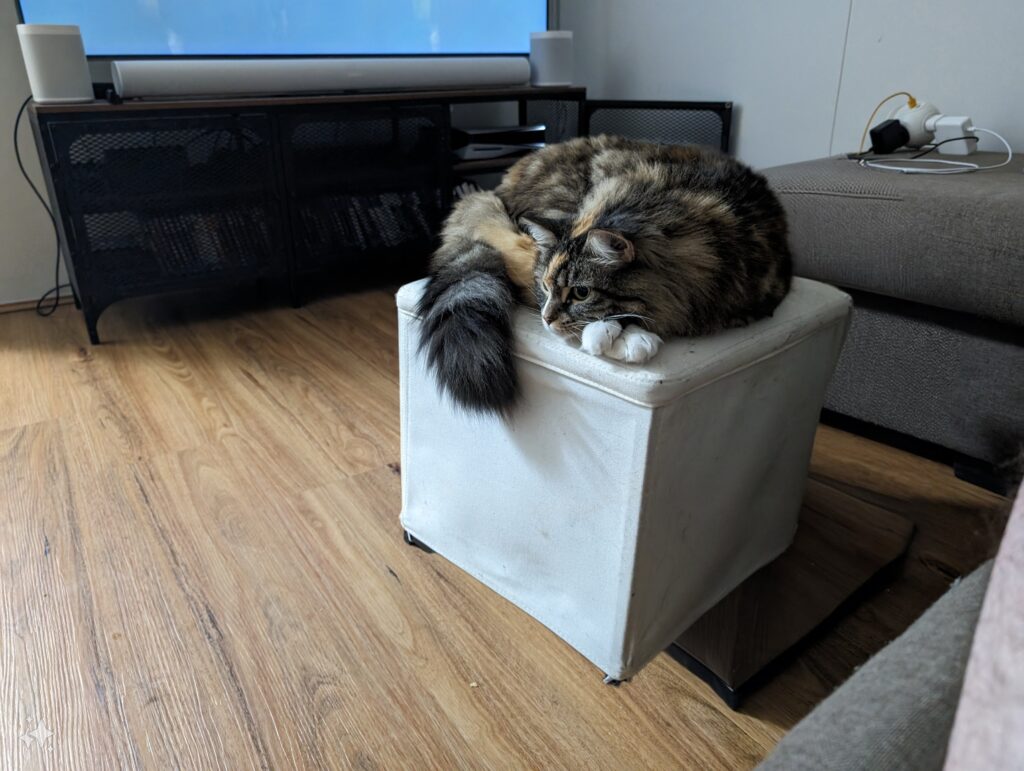
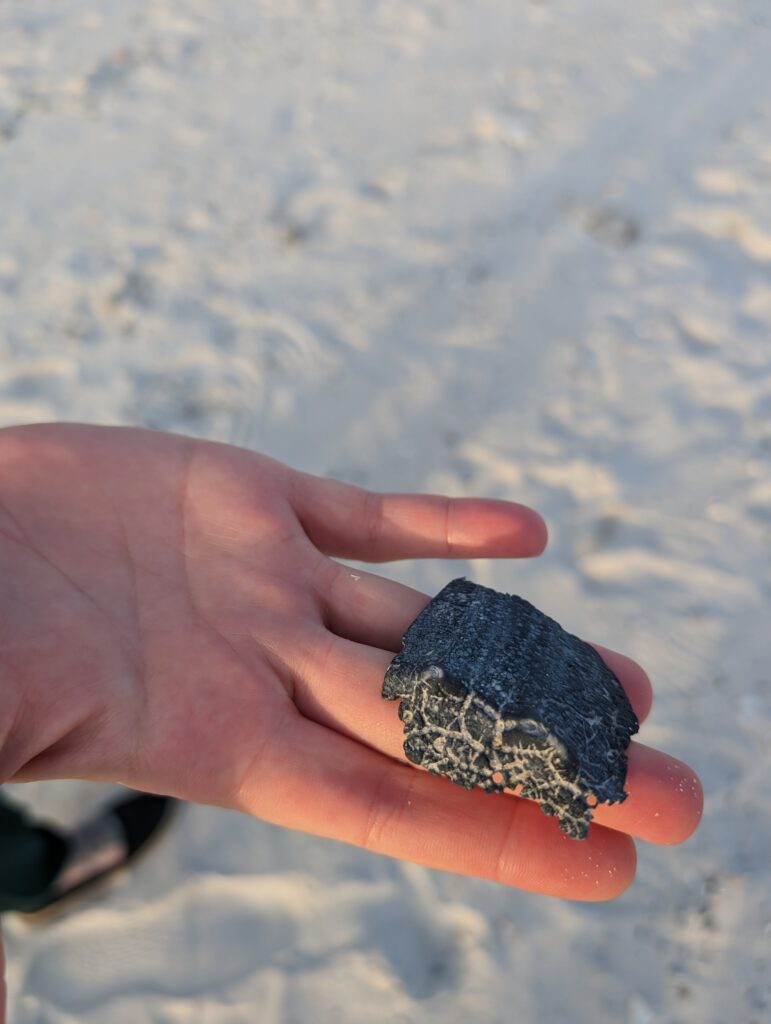



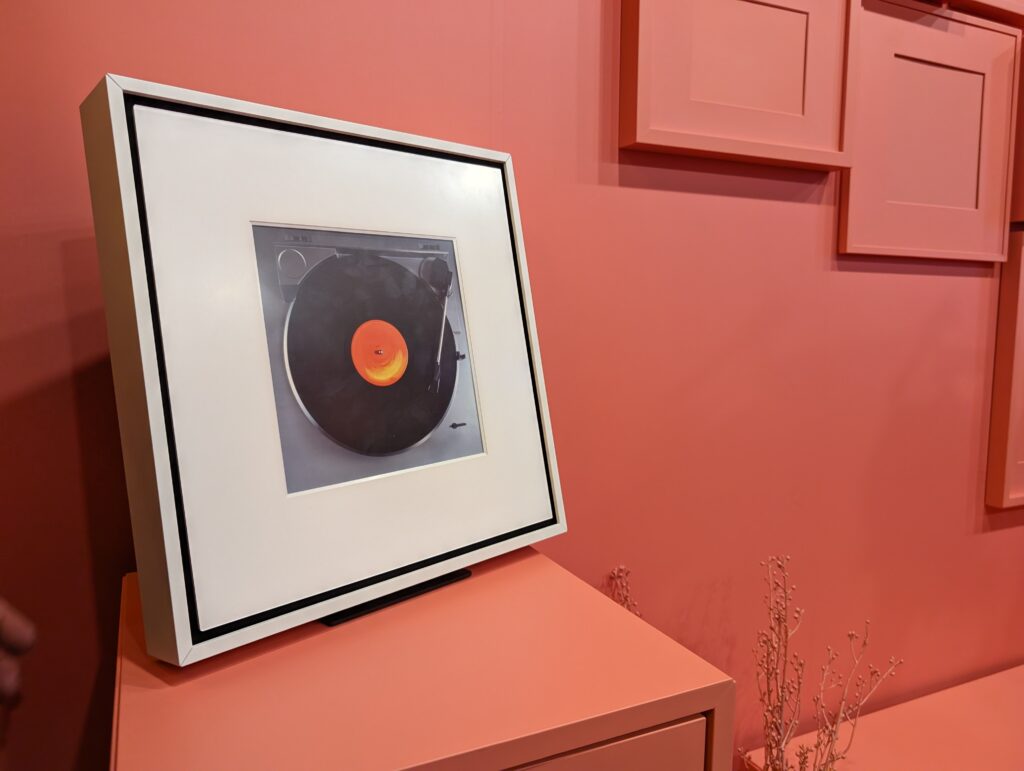





















Some of these examples used photos that I imported through Google Photos but every one took maybe a dozen seconds to produce. Looking over each, I can't help but think about the way that the alterations warp or challenge any authenticity the images once contained. There's always been a blurry line between enhancing a photo and changing it but the Photo Assist makes it almost alarmingly friction-free to alter the story that a picture can tell.
Of course, these image editing tools are just the tip of the iceberg when it comes to the bag of software tricks that Samsung is calling Galaxy AI.
There's are a handful of big-ticket items worth talking about here, though Samsung has gestured at the idea that more might arrive later down the line like Google's Pixel Drops.
The first of these is real-time voice translation during voice calls. This works more or less how you'd expect, though you can mute your half of the conversation and allow the text-to-speech voice to speak entirely on your behalf. Naturally, there's also an Interpreter mode. This tries to offer a comparable kind of utility, but in more physical contexts like when you're interacting with someone on the street.
Both of these are pretty cool. All translation tools (especially ones that rely on generative AI) do some with some pretty big caveats, but there is something about bringing this kind of functionality in-house on your smartphone rather than dealing with the hassle or hustle of a third-party. At the time of writing, 13 different languages are supported. Interpreter also doesn't require a WiFi connection whereas Live Translate does.
To be clear, the key thing here not that the AI applications seen in the Galaxy S24 and Galaxy S24 Plus are unprecedented. Google's Pixel device has offered things like Photo Assist and Live Translate in the past. The difference here is that Samsung has done a better job of weaving these AI tools throughout the UX of its One UI Android skin. For example, the ability to rephrase and rework messages based on your desired tone is built into the Samsung keyboard. It’s never more than a single tap away.
Then, there's Circle to Search. This one is more of a Google thing that's been co-opted by Samsung, but it's cool enough that I'm willing to forgive that kind of corporate chicanery.
Whenever you tap and hold on the navigation key will freeze your phone's screen and you'll be prompted to circle whatever is on it that has caught your interest. Then, Google will automatically pull up search results for whatever it is you've circled.
Your mileage may vary when it comes to how useful this is, but it's generally pretty consistent at providing a refreshingly novel way to engage with whatever is on your phone's screen. It's not that it's that much faster than just running a reverse image search or using Google Lens, but that it turns that endeavour into something of an exciting experience.
You should never buy a smartphone purely in the hope that later software updates will make this feature better or resolve that issue. Nevertheless, the reality is that many of these new AI features may need more time to settle.
If you want to see an example of why, all you need to do is ask for a summary using the Samsung Notes app or Samsung web browser. On paper, the ability to take big blocks of information and turn them into CliffNotes seems pretty neat.
However, the insights it offers rarely go beyond the big picture and are often outright wrong when it comes to smaller details. These issues are common enough that you probably shouldn't trust any summaries that the Galaxy S24 produces without double-checking first, which raises some pretty big questions about how useful this feature is and why you would want to use it all.
Now, I know what you're going to say. The technology will get better. That's how it always works. However, the hallucinated information that the Galaxy S24 spouts is just as common here as it is with things like ChatGPT and Bard because it is a fundamental by-product of how large language models work.
When you ask any of the above questions, you are not getting a real answer. You are getting the system's best guess at what a correct answer looks like. This inherent tendency makes certain applications of generative AI much more problem-prone than others. Investment in generative might be at an all-time high, but betting that will change anytime soon doesn't seem like a smart gamble.
If there's any sort of broad conclusion that I can draw from Samsung's first foray into the world of generative AI, it's that there are useful applications for this technology to be found when it comes to smartphones like the Galaxy S24. Realistically, there are probably just as many dead-ends. With that in mind, I'd much rather Samsung try and find some fresh avenues to explore than double down on doing what Google has already done but better.
Samsung Galaxy S24 - Performance
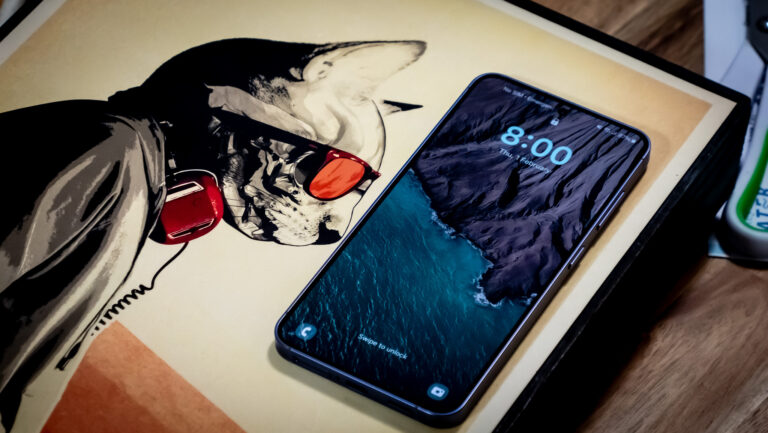
While the screen is the most visible difference between this year's smallest Galaxy flagship and the Galaxy S24 Ultra, it's not the only one. This time around, those who opt for the cheaper Galaxy flagships are looking at the Exynos 2400 processor while those who spring for the more expensive options will get the latest Snapdragon one instead.
When it comes to memory, you're looking at 8GB of RAM and either 256GB or 512GB of onboard storage. You don't have to be an expert in transistors to read between the lines here.
The processor inside the Galaxy S24 and Galaxy S24 Plus isn't quite the fastest on the market. Despite that, I was mostly satisfied with how snappy it felt to use. I wouldn't say it was as overclocked as the likes of the A17 Pro in the latest iPhone, but it did feel a little more consistent and responsive than the Tensor G2 inside the Pixel 8 Pro.
Apps loaded fast and games like Warcraft Rumble and Diablo Immortal ran pretty well, even if the overall performance wasn't quite the best I've ever seen on a mobile device.
In contrast, the 4000mAh battery inside the Galaxy S24 proved to be one of its weakest links. I never found myself worrying about running out of battery during a long day, but I'd always have to start the next one with a full charge.
There's not much in the way of wiggle room and while it's not surprising that a smartphone this luxury grade can't shine the way it does over longer stretches, it is a weakness worth keeping in mind. Burned down from 100% to zero using video streamed over WiFi, the Galaxy S24 lasted 18 hours and 36 minutes. For comparison, the Galaxy S24 Plus lasted just shy of 25 hours.
Samsung Galaxy S24 versus Galaxy S24 Plus
If you're looking to toss up between the standard Galaxy S24 and its plus-sized counterpart, there are a handful of things you'll want to keep in mind. The first is the screen. Obviously, the Galaxy S24 Plus is larger. However, the 6.7-inch panel here also boasts a superior QHD+ resolution.
There are also a few under-the-hood upgrades that come with opting for the more expensive handset here. The Galaxy S24 Plus comes with a larger 4900mAh battery, 4GB of additional RAM and support for up to 45W charging whereas the Galaxy S24 caps out at 25W.
Given that the cameras found on both devices are identical in terms of the overall look and feel, the Galaxy S24 and Galaxy S24 Plus have more in common than not, it's probably only worth upgrading if you have strong feelings about screen size or battery life.
Go deeper with the Samsung Galaxy S24
- Hands on with the Galaxy S24: Samsung wants a Pixel-killer
- Galaxy S24 pricing: The best deals in Australia
- Galaxy S24 pre-order guide: Where to find the best early bird bonuses
- Galaxy S24 plans: Best plans available in Australia
- Galaxy S24 Ultra plans: Best plans for the top-tier Samsung
Is the Samsung Galaxy S24 worth buying?
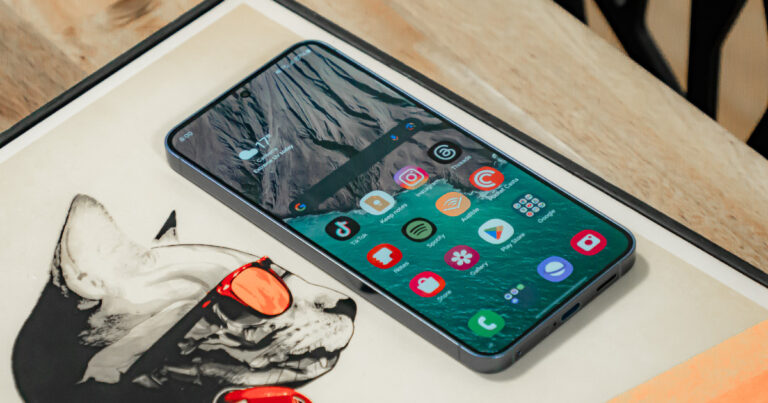
Putting the caveats and complications about Galaxy AI to the side, there's still a lot to like about Samsung's attempt to change gears and break away from the usual rhythms of launching a premium smartphone like the Galaxy S24.
Even if not all of it lands and a lot of what works feels built on the back of what Google and others have spent the last few years doing with generative AI, I'll take a Galaxy S23 with a bucketful of new software features over one that offers little more than incremental hardware gains any day of the week.
I wouldn't say I'm entirely convinced that Samsung has what it takes to walk away a winner in the AI arena, but I'm thrilled that it's game to have that conversation at all. The fact that you don't have to pay for the most expensive model to get in on the fun is just icing on the cake.
While the bulk of what's new about the Galaxy S24 boils down to a bagful of somewhat interesting and sort-of useful software features, the total of that sum still takes you to a much more intriguing and compelling place than last year's smallest premium Galaxy S smartphone did.
Related Articles





